Endpoint Security vs. Antivirus: What to Choose in 2024?
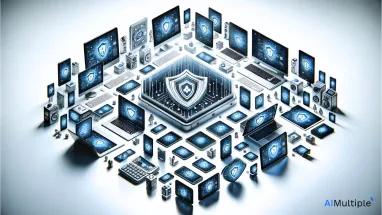
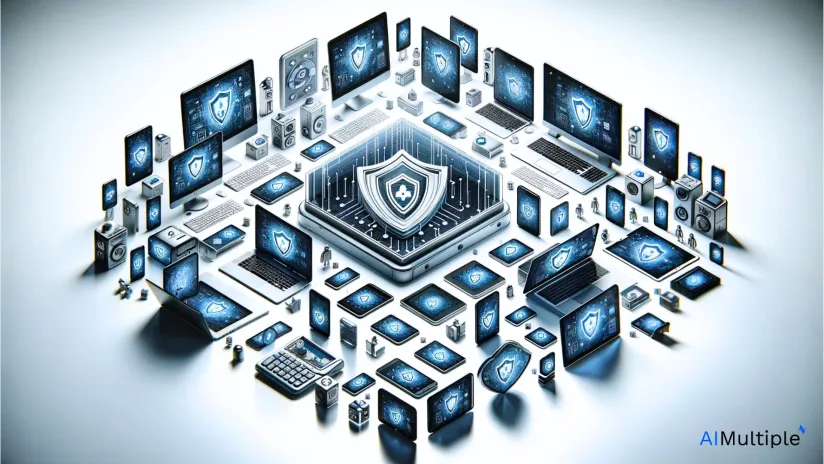
In order to combat data loss prevention (DLP), more specifically insider threats and ransomware attacks, endpoint security suites include antivirus software to fight back. While endpoint security adopts a holistic approach such that it delivers customized reports and behavioral analysis based on endpoint operations and incidents, antivirus attacks known threats by constantly scanning and quarantining.
This article helps define the strengths of combining antivirus and endpoint protection by addressing the core features of each and the dynamic relationship between them.
What is endpoint security software?
Also named endpoint protection software, endpoint security software functions as a protection mechanism against ransomware attacks targeted at endpoints, data breaches, and insider threats. Endpoint security software hosts an ensemble of important features and employs regular strategic security actions, including precautionary measures and incident response, that focus on data at rest, data in transit, and endpoints. For more: endpoint security
Core features of antivirus software
Antivirus software is designed to detect, prevent, and remove malicious software (malware) from computers and networks. Antivirus software typically includes the following key elements:
Real-time scanning
Antivirus software continuously monitors files and processes in real-time to detect and block malware as soon as it attempts to execute or infiltrate the system.
Malware detection
Antivirus programs use a variety of detection methods, including signature-based scanning, heuristic analysis, behavior analysis, and machine learning algorithms, to identify known and unknown threats.
Quarantine
When suspicious files are detected, antivirus software typically quarantines them, isolating them from the rest of the system to prevent further damage while allowing the user to review them and take appropriate action.
Automatic updates
Antivirus software regularly updates its malware definition databases to stay current with the latest threats and ensure effective protection against newly emerging malware strains.
Scheduled scans
Users can schedule regular scans of their computer or specific files and folders to proactively detect and remove any malware that may have evaded real-time protection.
Customizable settings
Antivirus software often offers customizable settings, allowing users to adjust scan parameters, configure notifications, and tailor the software to their specific security needs and preferences.
Firewall integration
Some antivirus solutions include firewall capabilities to monitor network traffic and block unauthorized access attempts, further enhancing overall security.
Email scanning
Antivirus software may include email scanning features to detect and block malicious attachments or links in emails, helping to prevent the spread of malware through email communication.
Web protection
Many antivirus programs offer web protection features, including safe browsing tools and URL filtering, to prevent users from accessing malicious websites that could compromise their systems.
Performance optimization
Modern antivirus software is designed to minimize its impact on system performance, employing techniques such as resource-efficient scanning algorithms and idle-time scanning to ensure effective protection without significantly slowing down the computer.
Multi-platform support
Antivirus solutions are available for various operating systems, including Windows, macOS, Linux, Android, and iOS, providing comprehensive protection across different devices and platforms.
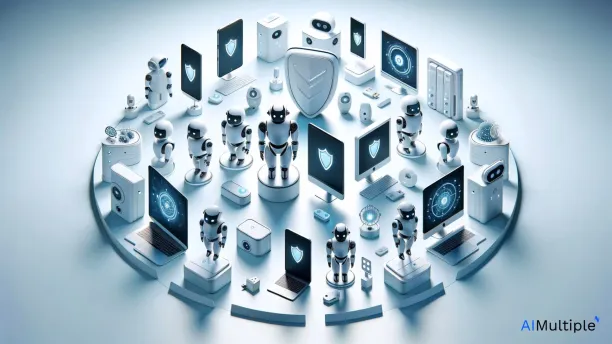
Core features of endpoint security software
Endpoint security and protection software typically offers a comprehensive suite of features to protect endpoints (computers, servers, and mobile devices) from various cyber threats. Click on the link to read more about the main components of endpoint protection software.
Endpoint security vs. antivirus: The differences
Endpoint security and antivirus software are both designed to protect computers and devices from various cyber threats, but they differ in scope and functionality.
Scope of protection
- Antivirus software: Primarily focuses on detecting and removing known malware threats, such as viruses, Trojans, and worms.
- Endpoint security: Offers a broader range of security measures beyond malware protection, including firewall, intrusion detection/prevention, application control, device control, data loss prevention (DLP), encryption, and advanced threat detection/response capabilities.
Threat detection capabilities
- Antivirus software: Relies on signature-based detection, heuristic analysis, and behavioral analysis to identify known and sometimes unknown malware threats.
- Endpoint security: Provides more advanced threat detection capabilities, leveraging machine learning, anomaly detection, endpoint telemetry analysis, and threat intelligence feeds to detect sophisticated threats, zero-day attacks, and insider threats.
Response and remediation
- Antivirus software: Offers basic automated remediation capabilities, such as quarantining or deleting known malware threats based on predefined policies.
- Endpoint security: Provides more granular control over response actions, allowing security teams to white-/blacklist endpoints, block operations, wipe endpoints, and roll back system changes to a known good state.
Management and orchestration
- Antivirus software: Typically provides basic management capabilities for configuring scan settings, scheduling scans, and viewing threat reports on individual devices.
- Endpoint security: Offers centralized management consoles or platforms for configuring security policies, monitoring endpoint status, analyzing security events, and orchestrating incident response workflows across the entire endpoint environment.
Compliance and regulatory requirements
- Antivirus software: May be sufficient for meeting basic compliance requirements related to malware protection.
- Endpoint security: Provides additional security controls and features to address more stringent compliance mandates, such as encryption on endpoints , device control, and data loss prevention (DLP).
Pricing
- Antivirus software: Generally more cost-effective, making it a suitable option for organizations with limited budgets or smaller-scale deployments.
- Endpoint security: Often involves higher licensing costs due to its broader feature set and advanced capabilities, making it more suitable for organizations with greater security needs and resources.
Endpoint security vs. antivirus software: Which one do you need?
Deciding between endpoint security and antivirus software depends on various factors, including your organization’s security requirements, risk tolerance, budget, and the level of protection needed.
How can endpoint detection and response (EDR) and antivirus work together?
Antivirus can assist endpoint detection and response by attacking signature based malware threats so that the response mechanism is strengthened and accelerated. Endpoint detection and response, in return, collects data based on incidents that take place on endpoints, which may include threats that antivirus acts on.
By combining antivirus and endpoint detection and response mechanisms, endpoint security can achieve robust security by deploying antivirus on endpoints while simultaneously collecting constant analysis of threat types and patterns. Keeping antivirus software up-to-date achieves better defense by acknowledging new viruses and malicious software.
Endpoint management software deploys endpoint security and antivirus features to sustain safety on endpoints while managing them. While some endpoint security products inherently offer antivirus protection, others offer integrated antivirus protection so that users can deploy third party antivirus software in alignment with their choice.
Predicted change of market shares of antivirus software and endpoint security in the future
According to the graphs provided by Statista, market shares of antivirus software and endpoint security are predicted to have a contrasting rate of change. While endpoint security market shares are foreseen to be increasing, antivirus software’s is to be decreasing.
Graph 1: Antivirus market revenue percentage in 2018 and 2024
The below column graph compares the market revenue of antivirus software in 2018 and 2024. The projected market share is 3.5% in 2024, which indicates that a decrease of 0.22% is anticipated.
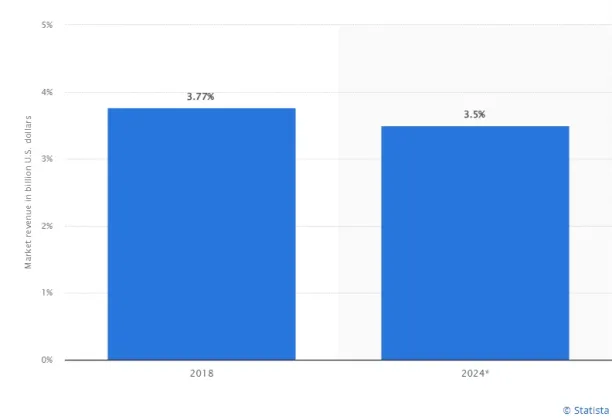
Source: Statista.1
Graph 2: Endpoint security revenue numbers between 2022 and 2027
The below column graph shows the market revenue of endpoint security revenue between 2022 and 2027. The projected market revenue is to reach near 30 billion dollars by 2027, which indicates a 166% increase in revenue in comparison to 2022.
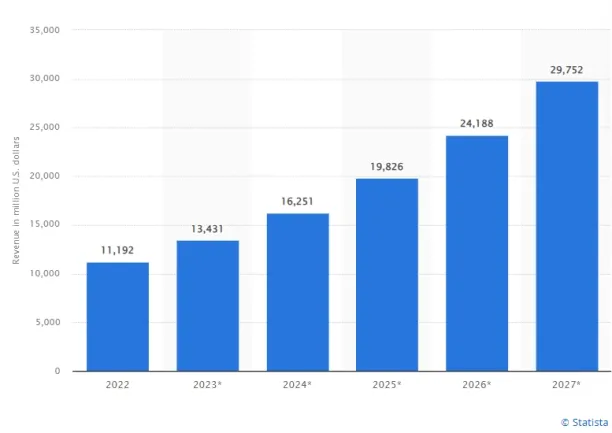
Source: Statista.2
The market revenue share of antivirus software is projected to decline in 2024. The reason might be that antivirus software lacks a holistic approach against ransomware attacks by having limited coping mechanisms and being bound to regular updates to combat new viruses and threats.
The premise that a proactive and comprehensive security approach in cybersecurity is preferable over antivirus software with limited scope and functional variations is reinforced by the rise in market revenue for endpoint security software.
Popular endpoint security/protection software and antivirus software
The products are arranged and selected without calculating differentiating ratings or review numbers.
Top 5 endpoint protection software*
1. Endpoint Protector by CoSoSys
2. SentinelOne Singularity Platform Enterprise
3. Sophos Intercept X: Next-Gen Endpoint
4. ThreatDown Endpoint Protection
5. CylanceEndpoint by BlackBerry
*For more: Review and rating based table is available on Top endpoint protection software comparison.
Top 5 antivirus software
1. Bitdefender
2. Norton AntiVirus Plus
3. Eset NOD32 Antivirus
4. Surfshark Antivirus
5. McAfee AntiVirus
Further reading
- Top 10 Hexnode Alternatives Based on 10,800+ Review
- In-Depth Forcepoint DLP Review
- Top 10 Device Control Software: Review.based Analysis
If you need help finding a vendor or have any questions, feel free to contact us:
External resources
- 1. “Antivirus software market revenue worldwide in 2018 and 2024”. Statista. Accessed: 20/March/2024.
- 2. “Forecast revenue from endpoint security market worldwide from 2022 to 2027”. Statista. Accessed: 20/March/2024.

Cem has been the principal analyst at AIMultiple since 2017. AIMultiple informs hundreds of thousands of businesses (as per similarWeb) including 60% of Fortune 500 every month.
Cem's work has been cited by leading global publications including Business Insider, Forbes, Washington Post, global firms like Deloitte, HPE, NGOs like World Economic Forum and supranational organizations like European Commission. You can see more reputable companies and media that referenced AIMultiple.
Throughout his career, Cem served as a tech consultant, tech buyer and tech entrepreneur. He advised businesses on their enterprise software, automation, cloud, AI / ML and other technology related decisions at McKinsey & Company and Altman Solon for more than a decade. He also published a McKinsey report on digitalization.
He led technology strategy and procurement of a telco while reporting to the CEO. He has also led commercial growth of deep tech company Hypatos that reached a 7 digit annual recurring revenue and a 9 digit valuation from 0 within 2 years. Cem's work in Hypatos was covered by leading technology publications like TechCrunch and Business Insider.
Cem regularly speaks at international technology conferences. He graduated from Bogazici University as a computer engineer and holds an MBA from Columbia Business School.
To stay up-to-date on B2B tech & accelerate your enterprise:
Follow on
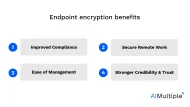
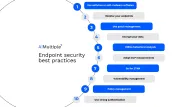
Comments
Your email address will not be published. All fields are required.